There is a wide variety of beverages in China so you can find different types of tea with different tastes and aromas. Some drinks and spirits date back to ancient times, while others are refreshing cocktails served during Chinese New Year.
Whether consumed alone or with a traditional savory meal, Chinese beverages have distinctive flavors and aromas with special medicinal values.
Here are 18 beverages that citizens and visitors in China can’t live without:
18Pearl Milk Tea
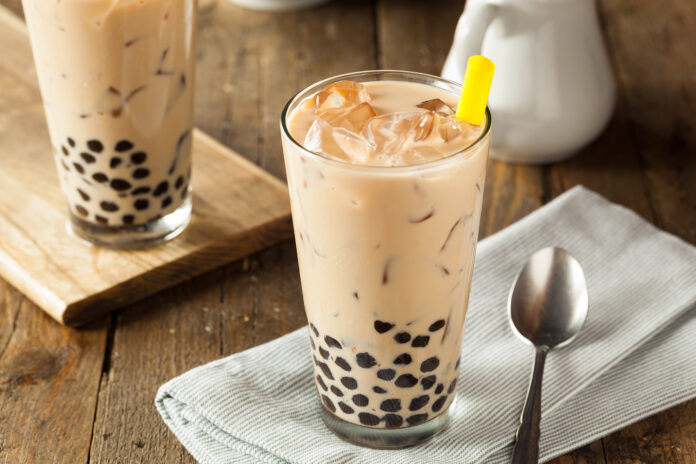
Commonly known as bubble tea, pearl milk tea spread to Mainland China from the neighboring region, Taiwan. The non-alcoholic drink contains pearl-like tapioca balls and tea with whole milk. Though black tea is mainly preferred, oolong or green tea such as matcha are not uncommon. As for the serving, pearl milk tea can be enjoyed hot or cold and tastes best with savory Hong Kong dishes. Locals find iced bubble tea as one of the best refreshments in summer. The heavenly combination of sweet milk tea and chewy tapioca balls with a slightly bitter aftertaste has also made it a popular drink in Europe and America.
17Jiu Niang
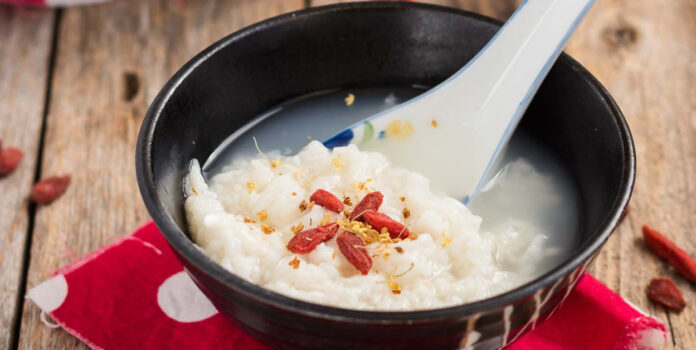
Jiu niang is a traditional unfiltered rice wine with a mere alcohol content of about 2%. The milky white drink has an oatmeal-like consistency, comprising soft fermented rice and a sweet soup. Often, osmanthus flowers also go into the preparation for an added sweet and fruity aroma. Locals enjoy having jiu niang as a light dessert commonly during the Dongzhi festival during winter.
16Sinkiang Black Beer
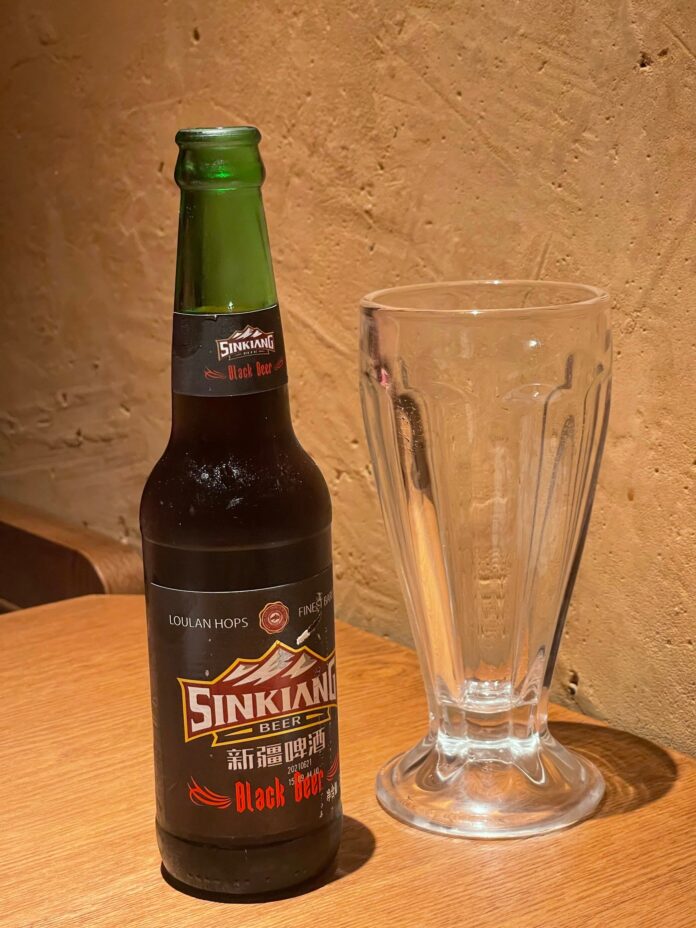
Sinkiang black beer has its origin in the Xinjiang region of northwest China. Also, going by the name of Xinjiang black beer, this popular brewed drink is much similar to the American dark lager in taste and appearance. It’s strong and dark with a nutty aroma and a slight sweetness like that of brown sugar. Found in many Chinese restaurants, Sinkiang Black Beer goes well with any traditional hot and spicy dish.
15Suanmeitang
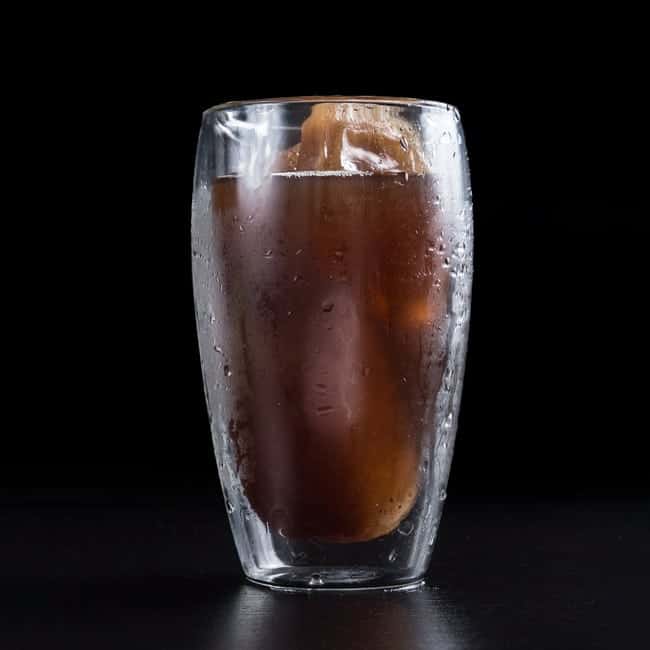
Suanmeitang is a tasty fizzy drink made with sour plums, hawthorn, licorice root, sweet osmanthus, and rock salt. Though initially created during the Song Dynasty, it got popularized not before the 18th century. Often paired with hot and spicy Chinese platters, suanmeitang helps instantly soothe the taste buds with its sweet and tangy flavors. Its cooling effect also makes it a favorite summer drink. You can easily find it in any Chinese grocery store in powdered or bottled forms.
14Yunnan Coffee
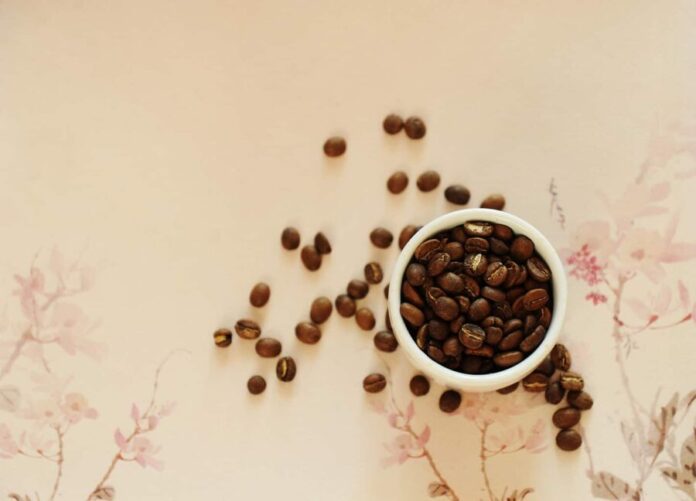
Though coffee consumption is less in China than in European countries, the province of Yunnan in southwestern China produces over 98% of the country’s coffee production. Its strong aroma and cinnamon flavor with the least bitter taste has earned it recognition worldwide. The Arabica coffee, in particular, is mainly preferred, leading to all Starbucks outlets across Mainland China sourcing these high-quality coffees.
13Chrysanthemum Tea
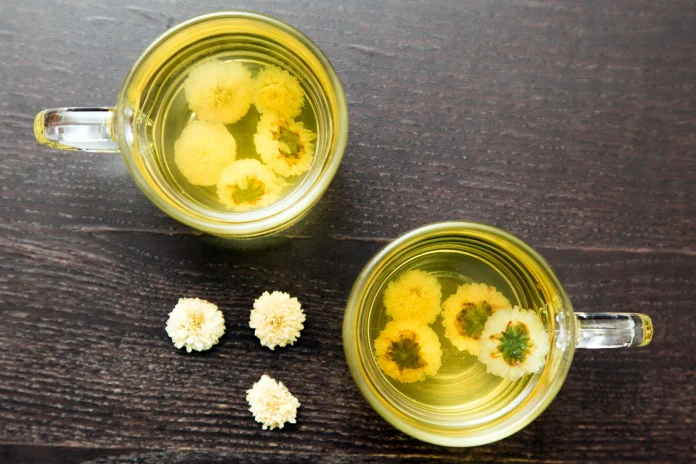
Chrysanthemum tea is an ancient Chinese beverage dating back to the Song Dynasty. Its preparation includes infusing hot water with dried chrysanthemum flowers to acquire a vibrant yellow color and a mild, flowery flavor. Many also prefer adding honey or sugar to elevate the taste. A refreshing herbal drink, chrysanthemum tea also has many health benefits if consumed in moderation. About one or two cups per week would be sufficient.
12Tsingtao Beer
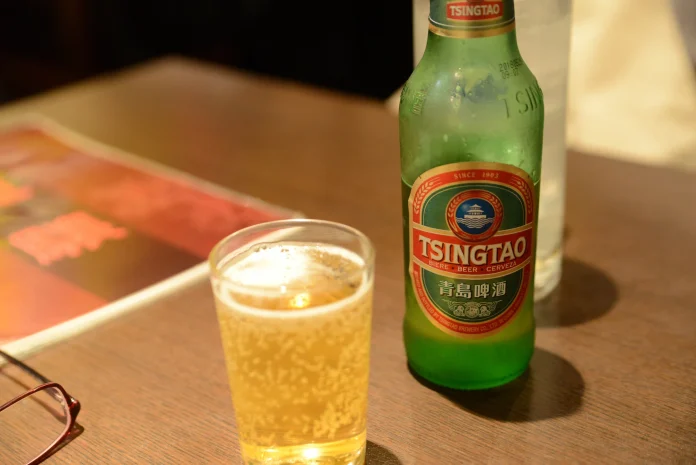
Tsingtao beer has worldwide fame with its sale in more than 60 countries. Made with hops, barley, and yeast imported from Canada and Australia, the beer is mainly recognized for its smooth but strong flavor. The German settlers initially made it in Qingdao, a mountain province, using the pristine spring water in the preparation. A high-quality pale lager, Tsingtao beer also has its market in European breweries.
11Tieguanyin
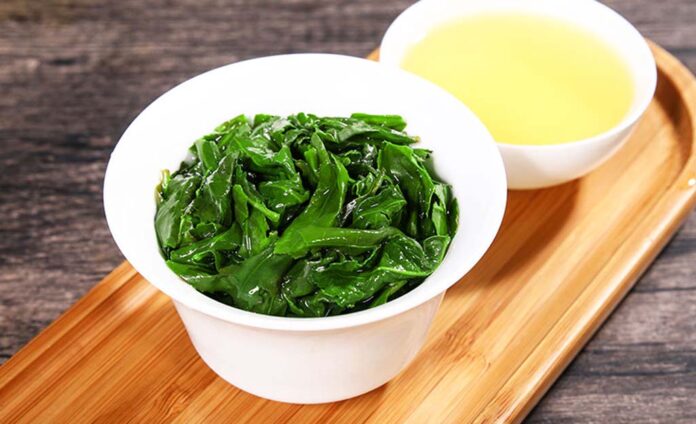
A variant of the Chinese oolong tea, tieguanyin, has its roots in Anxi in the Fujian province. Nicknamed the ‘Iron Goddess of Mercy,’ the tea has a pale gold appearance. The aroma and flavor depend on its quality and levels of roasting and oxidation. While the typical tieguanyin is more oxidized and roasted, many prefer the less oxidized and roasted ones as they are lighter and more refreshing. The mild, vegetal flavor and floral aroma make it pair well with dim sum, sushi, and various spicy Chinese dishes.
10Jade Cocktail
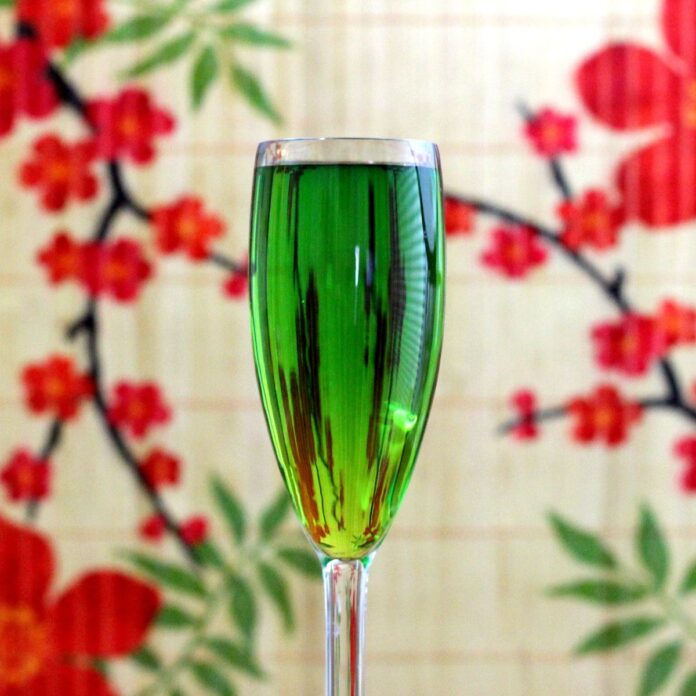
A popular drink for New Year’s Eve, the jade cocktail comes in different variations. Among these, one includes rum, lime, and crème de menthe, a mint-flavored alcoholic drink that gives the cocktail the jade color. Served chilled in a martini glass, the jade cocktail is a perfect balance of citrusy and sweet tastes with a hint of mint.
9Orange Oasis
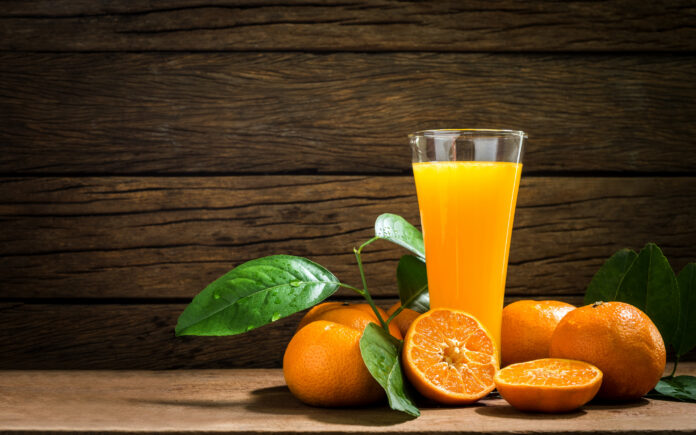
The mandarin orange is auspicious in Chinese New Year as it resembles the sun and symbolizes happiness and abundance. While the juice of these citrus fruits forms the base of this cocktail, other ingredients include gin, cherry brandy, and ginger ale. A refreshing cocktail drink, orange oasis has a blend of sweet, slightly tart, spicy, and fruity flavors.
8Coconut Milk
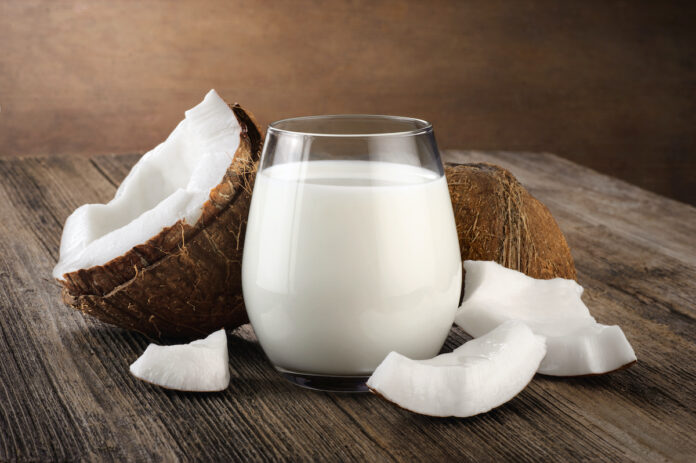
China’s coconut milk is refreshing and tasty, made with the white meat of the fruit. Other ingredients include milk, sugar, and water, giving the milk a thicker consistency than coconut water. Though the sweet and nutty coconut milk is available all over China, it is a highly preferred drink in the southern regions of the country.
7Osmanthus Wine
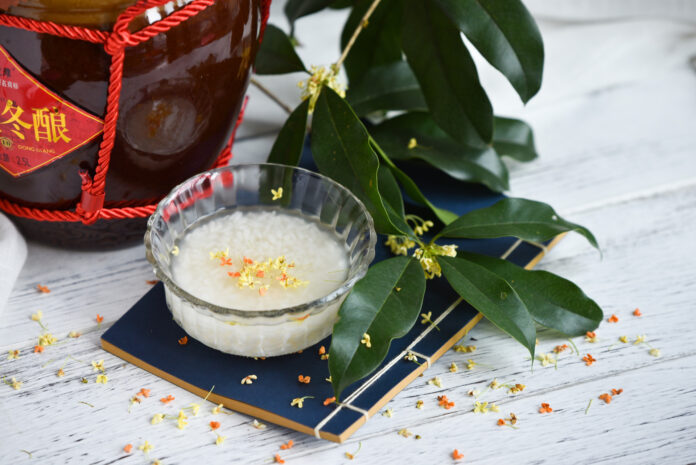
The sweet and floral-scented osmanthus wine tastes no less than French liqueur. You would find it in any Chinese liquor store or restaurant, particularly in western China’s Shaanxi and Guizhou provinces. Locals enjoy the beverage ice-cold or at room temperature during special occasions or the mid-Autumn Festival, which symbolizes harmony, wealth, and prosperity. With about 20% alcohol content, having the drink within limits can cure various ailments.
6Baijiu
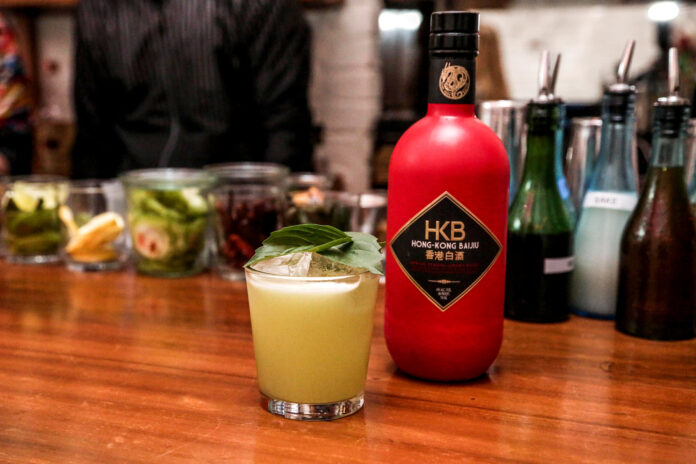
China’s national drink, baijiu, is a distilled white liquor having more than 50% alcohol content. Made from grains like sorghum, wheat, rice, and corn, the drink typically has a strong, pungent smell that many find similar to rotten flowers. However, you would find it divided into four primary categories based on its aroma: strong, sauce, rice, and light. Depending on different regions, each aroma baijiu is preferred. The light aroma baijiu is popular all over China, the strong one is well-accepted in the Sichuan Province, the rice aroma baijiu is related to southeastern China, while the sauce aroma baiju is associated with Guizhou Province.
Despite being unable to make it big in the foreign countries due to certain restrictions, baijiu is a well-loved drink in China, served in small wine goblets during formal or casual events.
5Mijiu
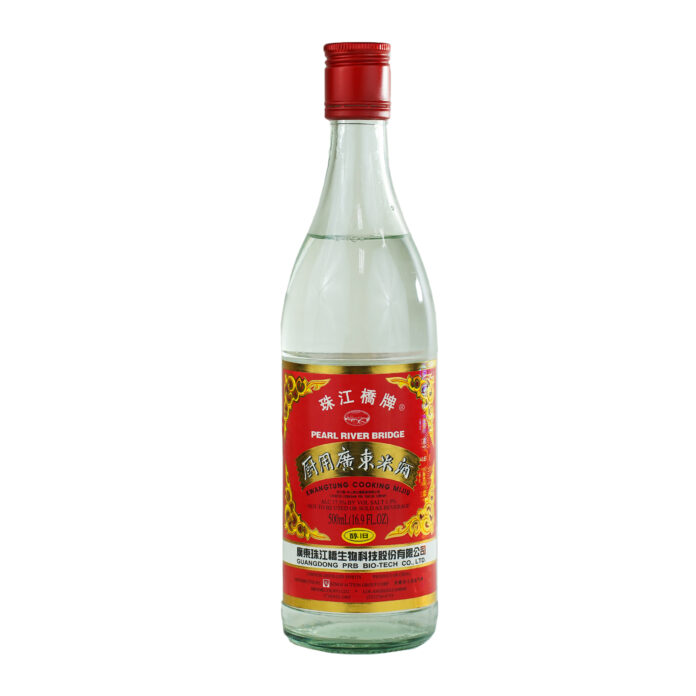
Mijiu is a collective term used for the various types of Chinese rice wine. The clear spirit has the perfect balance of sweetness and bitterness with an alcohol content ranging from 12% to 20%. Some mijiu contains a flowery aroma due to the addition of the fragrant osmanthus flowers during its preparation. It is often served warm for drinking, though many Chinese people also use it in cooking to bring out the flavors of the preparation.
4Soybean Milk
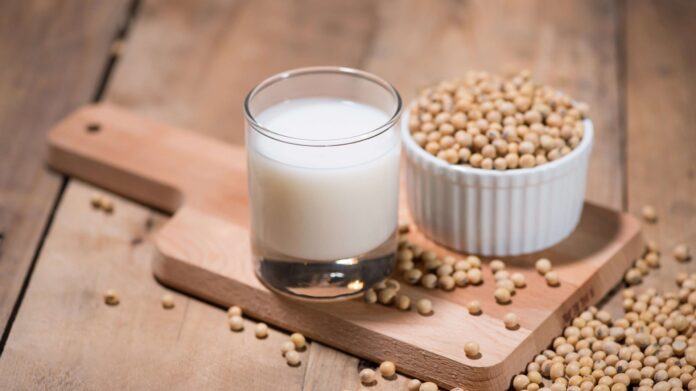
Chinese soybean milk is a favorite protein shake among vegans and lactose-intolerant people. Its preparation includes grinding soaked soybeans, boiling them in water, and filtering out any remaining solids. The milk is smooth and thicker than cow’s milk, with a slight sweetness. Besides the regular soybean milk, you would find it sold in the Chinese markets in many flavors, including mung bean, lily, and red date. Sweet dishes made with soy milk like pudding have been one of the well-loved Chinese desserts for a long time.
3Kombucha
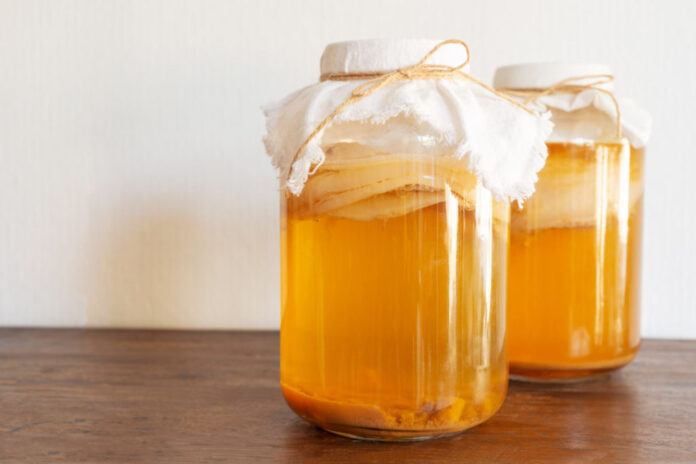
An ancient Chinese beverage, kombucha is mainly consumed as a detoxifying and energy drink. Its preparation includes brewing a combination of sweetened black or green tea and SCOBY (symbiotic culture of bacteria and yeast). It is then fermented twice: first for a few weeks immediately after the brewing process, and the second after storing it in a bottle. Before the second fermentation, many prefer adding fruits, spices, or herbs to the brew to make it flavorful. Served chilled, kombucha is a satisfying fizzy drink with a slightly sweet and sour taste.
2Green Tea
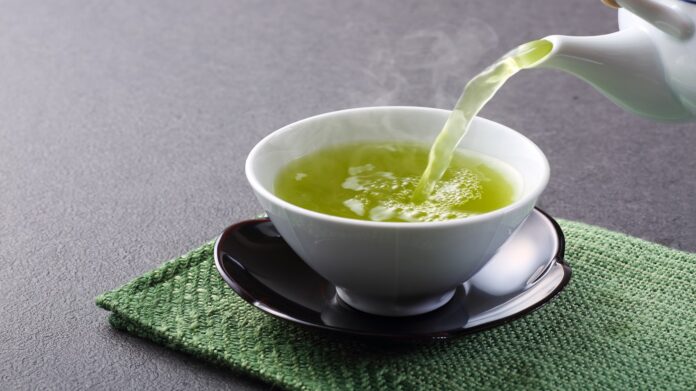
Green tea is an old beverage with its origin dating back to the reign of Emperor Shennong. As it doesn’t go through the oxidation process, green tea is easy and quick to make. Its preparation includes soaking the leaves in hot water after lightly roasting them in the pan. Currently, it is available in many different varieties, based on its place of origin and the method of cultivation and harvesting. Though they vary in taste, the typical green tea has a sweet and light flavor with vegetal notes.
1Pu Erh
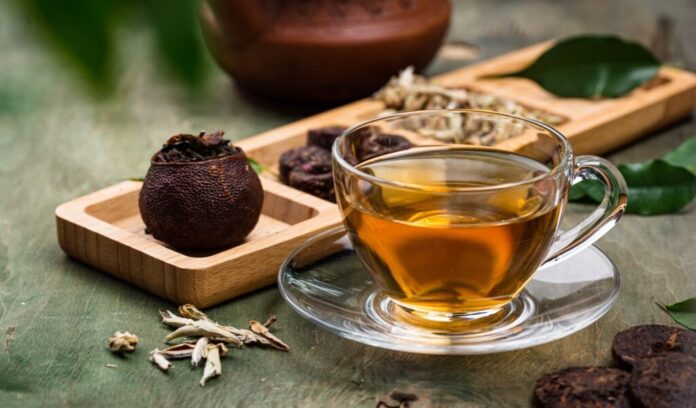
Traditionally produced in the Yunnan Province of southwestern China, pu-erh is an aged, dark tea. You will find it mainly in two forms, ripe and raw pu-erh. The raw pu-erh is non-fermented, fresh, and slightly bitter with a sweet aftertaste. On the other hand, the ripe pu-erh tea is fermented, giving it a bolder flavor. You will find pu-erh sold in Chinese markets in various packages like cakes, bricks, or mushrooms. Though the tea can be served hot, locals enjoy the iced pu-erh tea during summer.
TOP PICKS
Best New Year Drinks: Jade Cocktail, Orange Oasis, Baijiu
Best Alcoholic Drinks: Baijiu, Mijiu, Osmanthus Wine
Best Non-Alcoholic Drinks: Pearl Milk Tea, Green Tea, Kombucha











